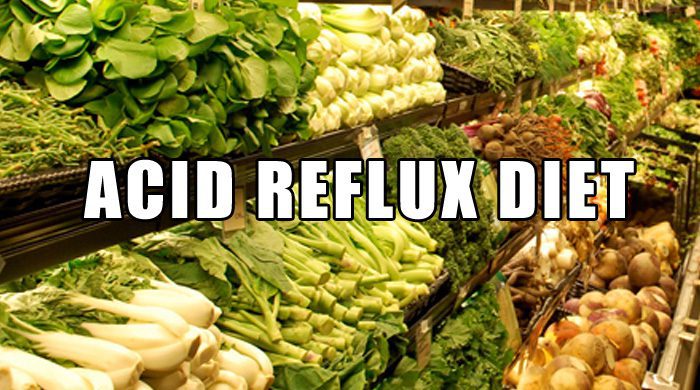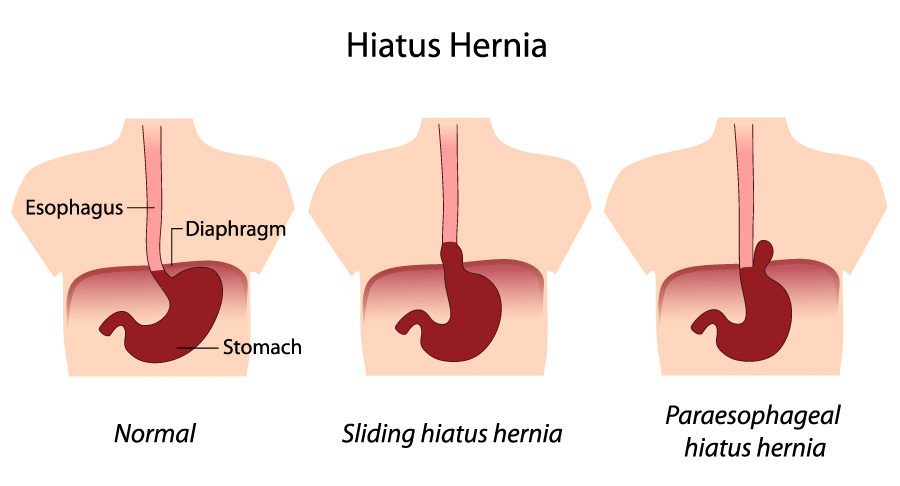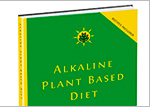Acid Reflux Diet

High-Fiber Diet
An acid reflux diet needs to be a high-fiber diet, because a low-fiber diet is a major reason for developing a hiatus hernia.. A hiatus hernia, also called a hiatal hernia, is a common reason for developing acid reflux.

Reversing a hiatus hernia would address the problem instead of addressing the symptoms of the problem.
The movement of the stomach through the diaphragm into the esophagus results in a sliding hiatus hernia. The movement of the stomach through the diaphragm next to the esophagus as a paraesophageal hiatus hernia.
A hiatus hernia brings stomach acid closer to the esophagus, and as a result leads to the development of acid reflux and heartburn.
Straining to defecate hard stool excessively squeezes the abdominal muscles, consequently pushing the stomach up into the diaphragm.
Fiber
Consuming a high fiber diet consisting of plant foods results in softer and 3-4 times longer stool. This is in comparison to people who consumed a Western diet high in animal protein and fat.
Societies that ate plant-centered diets had a much lower incidence of hiatus hernias. The cases in rural Kenya, Nigeria, and Tanzania were respectively 1 in 1000, 4 in 1000, and 1 in 700.
In comparison 20 percent of Americans who ate a Standard American Diet (SAD) had hiatus hernias. SAD diets contain high in animal protein and fat, and processed foods.
Switching to a high fiber diet minimizes the consumption of animal protein and fat and processed foods.
This will reduce the amount of pressure the abdominals put on the stomach, and will allow the stomach to gradually return to its original position.
Using the siting position described in the video will also help more easily excrete stool from the body.
You can use physical therapy to help move the stomach back into its original position. The videos outline two different methods used to return the stomach to its original position.
Other Factors That Increase The Risk Of Acid Reflux
There are other factors that increase the risk of acid reflux, besides a hiatus hernia.
You should avoid the following to reduce the risk of acid reflux.
- Smoking cigarettes
- Alcohol
- Animal protein and fat
- Fatty foods
- Spicy foods
- Citrus fruits and juices (grapefruits, oranges, pineapples)
- Tomatoes
- Mint or peppermint
- Onions
- Garlic
- Chocolate
- Caffeine
- Carbonated drinks
- Wearing tight clothes and belts that put pressure on the stomach
- Eating 2-3 hours before going to sleep
Avoiding these activities will help manage the acid in the stomach, while a high-fiber diet will help return the stomach to its original position.
Acid Reflux Diet
Consuming an acid reflux diet based on foods on this nutritional guide, while avoiding the foods listed above, will go a long way in reversing acid reflux.
Consume low acid foods to minimize acid reflux flair ups:
- Vegetables: kale, lettuce, watercress, cucumber, dandelion, nopales cactus leaf, squash, zucchini, amaranth
- Fruits: watermelon, banana (fruits with less citrus acid)
- Legumes and grains: chickpea, kamut, spelt, tef, fonio, rye, amaranth, wild rice






